So you have a website built, but nobody’s visiting?
It can’t be the page copy because you already checked that.
The problem could be that you’re not getting enough organic search traffic.
There’s an old joke in the SEO world that if you’re looking for a good place to hide a dead body, the second page of Google is the best place.
It’s a bit morbid but rings true. The front page of Google is the only place to be if you want to bring in organic traffic.
Research continuously shows higher-ranking pages have higher click-through rates.
Of course, that’s not the only factor that attracts clicks anymore.
Google has added a variety of features to its SERPs in recent years. They get clicks too, often answering the question directly through an infobox.
Don’t just take my word for it. Let’s check a live tool!
The MozCast Feature Graph tracks what is being displayed for a variety of search results.
There’s a lot more going on than you’d think.
Actual company site links only represent 18.5% of matched queries.
Even other site search results, which include things like external blogs, take up only about half (57.6%) of what’s displayed.
Then we have Knowledge Panels, Reviews, Related Questions, Top Stories, In-depth Articles, and more.
What this means is to attract clicks, you’ll need to pull out all the bells and whistles.
This guide will walk you through examples of how to increase click-through rates and (free!) organic search traffic to your site.
Let’s get started.
1. Research long-tail keywords
Long-tail keywords are a vital part of every SEO strategy.
They’re also essential for blogs.
By researching long-tail keywords and integrating them into your website, you’ll greatly increase the volume of related organic queries you rank for.
It’s kind of like playing the lottery or sweepstakes. The more tickets you buy, the better your chances of winning.
The more tickets you buy, the better your chances of winning.
Long-tail keywords are the key to building a solid sales funnel.
While single keywords can build the top of the funnel, long-tail keywords create your mid and bottom funnels.
For example, when a customer searches for “best bikes under $500” or “black Trek mountain bike,” they’re much more likely to buy than when searching “bike” or “bicycle.”
If you’re a bicycle retailer or manufacturer, you’ll get more qualified click-throughs on the long-tail keywords. Here’s an example of how you can find them:
Step #1: Visit Ubersuggest, Enter Your Keyword, and Click “Search”
Step #2: Click “Keyword Ideas” in the Left Sidebar
Step #3: Review Your Keyword List
In addition to a list of long-tail keywords, you’re also provided:
- Volume – the average number of searches the keyword gets each month
- CPC – the average cost per click if you want to pay for Google Ads
- PD – paid difficulty, which is the estimated competition in paid search (the higher the number the more competitive it is)
- SD – SEO difficulty, which is the estimated competition in organic search (the higher the number the more competitive it is)
For even more keywords, you can click on the four tabs alongside “suggestions.”
- Related
- Questions
- Prepositions
- Comparisons
For example, I like to use the “questions” tab as it gives me a clear idea of what my target audience is searching for. Here’s an example:
And for the highest volume of keywords, you’ll want to click on “related.”
I want you to search for high volume keywords with higher than average CPCs. High volume makes it worth your time to optimize for the keyword, while high CPC keywords typically convert better.
2. Write effective meta descriptions
Description meta tags make up the majority of your SERP entry.
They tell potential visitors what to expect when clicking a link.
Here’s what the title and description tags look like for my LinkedIn page:
Writing an effective description tag can greatly increase click-through rates.
People say you can’t judge a book by its cover, but this short paragraph is your elevator pitch to potential customers.
Don’t let the opportunity go to waste.
You have 160 characters to write an effective meta description. It looks like this:
<head>
<meta name=”description” content=”This is an example of the text that will show up in search results. Read on to learn more about description tags.”>
</head>
Without a description tag, search engines display the sentence around the keyword query to provide context.
This tactic works well for Amazon because of the detailed product descriptions and customer reviews.
When I search for “mens wallet with coin compartment,” Amazon is the second result.
This is despite the exact query not appearing in the title or URL.
You can control what search engines display for your page preview by entering a meta description in WordPress with Yoast.
Easy, right?
Once you have the meta description completed, you can move on to more advanced click-through techniques.
3. Implement structured data
Structured data (a.k.a. schema markup) is the key component to much of the rich, interactive content found on Google’s SERPs.
For example, search “best movies 2017,” and you’ll be presented with a carousel of what Google determined was the best movies from that year.
Click on a movie, and you get an infobox with showtimes.
Search for a review, and you get another well-organized list.
These interactive infoboxes often appear above all search results and can circumvent SEO if you have the right schema Google’s algorithms are looking for.
It’s a sign of things to come as Google clearly sees search being presented in a whole new way moving forward.
More and more often, we see infoboxes rising to the top of search results, often obscuring any organic results.
Social media sites like Twitter and reference sites like Wikipedia and IMDB have long used schema markup.
It adds just the right touch of interactive color to your SERP results and is already an industry standard.
Without structured data, you risk being invisible on the new Internet.
You can get started here.
4. Create posts with images
Pictures are worth 1,000 words when it comes to click-through rates.
They can increase click-through rates up to 42% in emails.
Images also increase engagement across all social media channels.
You can’t fit 1,000 words into your search previews. You can, however, use images.
In fact, over 90% of marketers responded to a recent survey that they use visual content for over half of all articles published in 2015 and 2016.
If you were paying attention in the last section, you also realize images played a big part in being included in infoboxes.
Be sure to include original, relevant visual content in as much content as possible.
5. Use descriptive URLs
Your page URL is an opportunity for a long-tail keyword implementation.
It’s one of the few things that appear on your link preview to entice clicks.
Your URL length, path, and categories can also affect search results.
This is another aspect of SEO Amazon excels at.
When publishing blog posts or web pages, it’s important to properly categorize and subcategorize them.
It adds more keyword opportunities and raises search engine visibility.
It’s also a great way to show customers they’re looking at only one product in your wide selection.
Here’s the optimal URL format to increase click-throughs:
https://www.example.com/category-keyword/subcategory-keyword/primary-keyword.html
You can change it in WordPress under Settings – Permalinks.
While I’m on the subject, the title is very similar to the URL.
It’s also the last ingredient of your search result snippet, so let’s talk about that.
6. Simplify your title format
The first and most obvious aspect of your page that’s seen in search results is the title.
Here’s what one of my SEO blogs looks like in search results.
You’ll notice it’s cut off because I use my name in the title.
The reason I do this is for personal branding purposes.
Out of the 58 Neil Patels in the United States, one co-founded The Daily Caller and another is a scenic designer.
Both have active web presences. I want to make sure I’m the Neil Patel you see in search results.
I used to actually put it up front.
Unfortunately, this hurt my search rankings, so I moved it to the end.
It’s easy to move (or remove) the site name from your title tag using Yoast SEO for WordPress.
Whether or not you brand yourself is up to you to decide.
There’s no penalty or boost on Google’s search algorithms.
It’s simply a way to keep your name in front of people’s eyes.
7. Localize your content
Over the past five years, Google has been shifting to mobile.
This is because mobile searches have steadily increased since 2011, overtaking desktop as the preferred method of search.
It triggered a shift in the way search results are presented.
The context of what we search for changes on mobile devices depending on where we are.
Google’s search algorithms account for this.
According to a study recently published on Moz, proximity has become more important in search rankings from 2015 to 2017.
In fact, it’s the number one search factor in localized SEO!
If you want to increase click-through rates, localizing content is the way to do it.
A customer searching for air conditioner repair in Phoenix may search “air conditioner repair” or “air conditioner repair Phoenix.”
You want to cover both bases.
Also, register your business at Google My Business.
This literally puts you on the map.
When people search for keywords related to your business, your map location will show up above search results, redirecting users to Google Maps.
Your website, operating hours, location, directions, and phone number appear.
That’s a much more efficient way to get customers than putting sign spinners on the street corner.
8. Listicles work
Thanks to popular websites like BuzzFeed, Cracked.com, and The Huffington Post, listicles are everywhere.
Lists predate the Internet, of course.
We’ve always loved them!
People love lists that end in 0.
Top 10, 20, etc. do better than top 8, 12, etc.
If you want more detailed information, a researcher analyzed a sample of BuzzFeed’s listicles.
The site publishes thousands of listicles in the 10-20 item range, which is clearly the sweet spot.
Here are the keywords he found to be the most shared among them on Facebook:
As we can see, listicles of just about any type are popular, but career and pop culture rule the roost.
Start thinking about ways you can leverage listicles for your business.
Perhaps a top 10 list of products/services you provide in every category, 20 ways your business improves lives, or 30 industry professionals you admire.
Even a step-by-step training guide counts as a listicle.
9. Test headlines on social media
Since strong titles matters, you should do your research to make it a good one.
A good place to start is CoSchedule’s headline analysis tool.Here’s a report based on the title “5 Free Tools to Check Your Headline”:
Here’s a report based on the title “5 Free Tools to Check Your Headline”:
As you can see, it uses several common words and power words. But it lacks emotional or uncommon words.
This is just a theory, of course. It’s based on tons of data analysis, but the only way to know how your headline will fare is to put it out in the real world.
Social media is a great place to test alternate headlines.
Pick a title to publish, and WordPress can automatically publicize across social media.
From there, you can see how many click-throughs, retweets, and favorites you get using one title.
Then check how many the same link gets using an alternate title.
If the alternate title wins, your A/B test is telling you to change your title for SERPs.
This works best if you have a large following, so don’t forget to follow me on Twitter to learn how to build yours.
10. Use Yoast preview (WordPress users)
If you use WordPress, you should already have Yoast installed.
It’s an all-in-one SEO suite that ensures you have the best possible results.
While writing a post, you’ll have the option to view a snippet preview as it looks on Google’s SERPs.
What a great SEO tool!
Yoast helps you determine if your snippet cuts out any keywords or doesn’t make sense.
There are even real-time status bars as you type letting you know when you reached the character limit.
It shows mobile versus desktop as well.
The best part is it’s integrated into every new post when the plugin is installed, so it’s seamless to use.
Don’t fret if you don’t have WordPress. There’s a solution for you too.
11. Use Google AdWords to preview (Other CDN)
Google AdWords Preview Tool is an alternative to Yoast SEO that has an extra feature Yoast doesn’t.
As of September 2016, the ad preview can be optimized for mobile/desktop and alternative titles and descriptions are given.
This is a great way to see how different ideas would work while possibly generating new ideas for content.
Simply type the title you want to check in Headline 1, your site name in Headline 2, and type a short description.
You’ll notice the meta description isn’t exact, but you’ll get a general idea.
Also, note that neither Google AdWords nor Yoast can check your schema. You’ll need to use Google’s Structured Data Testing Tool for that.
12. Identify CTR winners and losers
You’ll have to forgive me for my thoughtlessness.
An important step I neglected to mention so far is to check the current click-through status of your pages.
There are two places to check in Google Analytics for this information.
First, go to Acquisition – Search Console – Queries to learn which queries lead to your page.
You’ll notice this report shows the clicks, impressions, CTR (click-through rate), and average SERP position.
This is all valuable information to be viewed, downloaded, and/or analyzed often.
Next, check the landing pages in the same menu.
This report provides even more detailed information on how many impressions, clicks, etc. any given link has.
It also shows bounce rates, sessions, conversions, and other valuable data.
Between these reports, you can see which of your pages get great clicks and which aren’t performing.
Start with the bottom percentile and start A/B testing titles and descriptions on social media.
13. Optimize site speed
A click doesn’t count if your page doesn’t load in time.
Site speed is critical to improving clicks and overall user experience.
Here’s a breakdown of how page load speed correlates to Google SERP position:
If your web page is bogged down, it won’t load fast, and people will leave.
On mobile devices, a leap from one to three seconds in site speed increases bounce rates by 32%.
This makes improving site speed a top priority to maintain a decent click-through rate.
It’s also important for SEO.
There are plenty of free tools to check your site speed. You’ll find them discussed throughout my blog.
Once again, Ubersuggest can help. Here’s how to get started:
Step #1: Enter Your URL and Click “Search”
Step #2: Click “Site Audit” in the Left Sidebar
Step #3: Scroll down to “Site Speed”
You’re shown the loading time for both desktop and mobile devices. The results above show that my site is in the “excellent” range for both.
In addition to loading time, it also tests:
- First Contentful Paint
-
Speed Index
- Time to Interactive
-
First Meaningful Paint
-
First CPU Idle
-
Est. Input Latency
Ubersuggest will outline just what you need to do to get better. Take its guidance into consideration, make the necessary changes, and then test your site speed again.
That’s all it takes!
Conclusion
Organic search traffic is the holy grail of any digital marketing plan.
It’s free customers coming in to browse your business, brand, products, and services.
The only way to get this traffic is to get clicks from Google and other search engines.
By improving your click-through rates, you’ll increase overall organic search traffic and conversions.
It takes some time getting used to the new way of doing things. Think of it as SEO 3.0.
We used to optimize search results for keywords, then it was long-tail keywords.
Now, structured data is the key to staying on top of search results and getting clicks.
How are you optimizing your site to gain more clicks on SERPs?

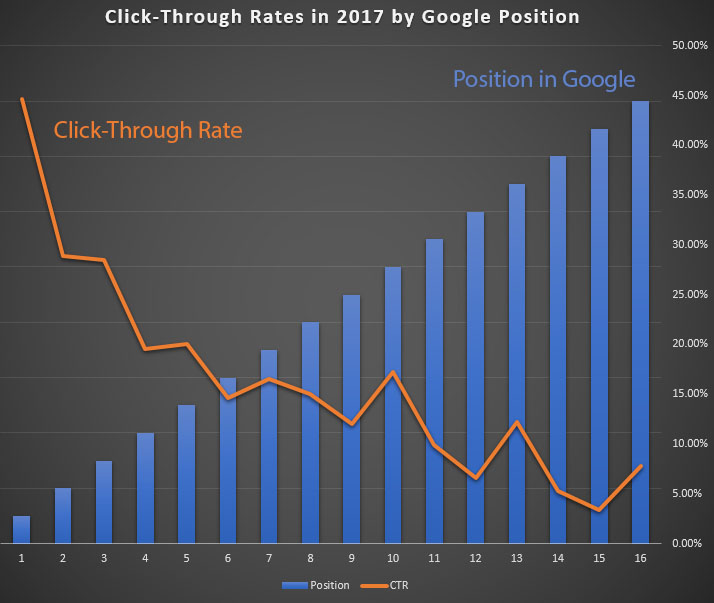
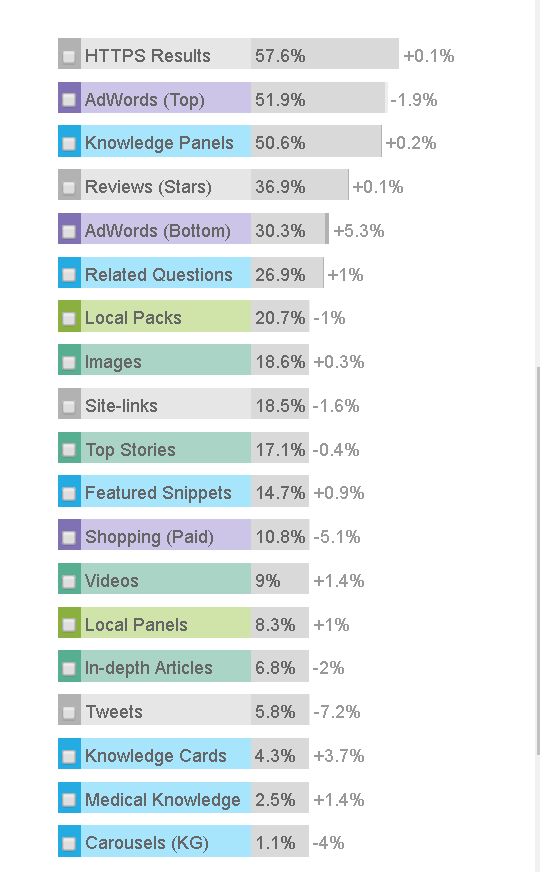
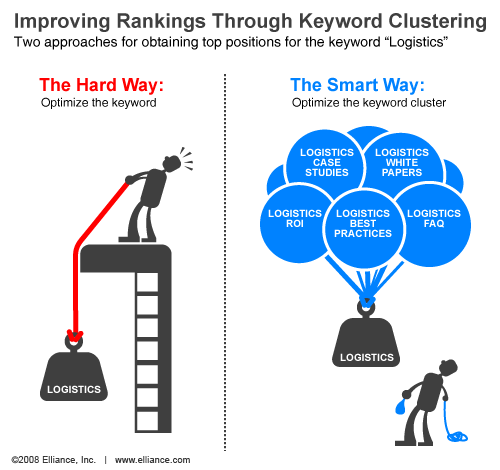
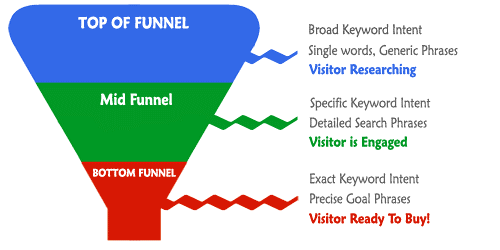







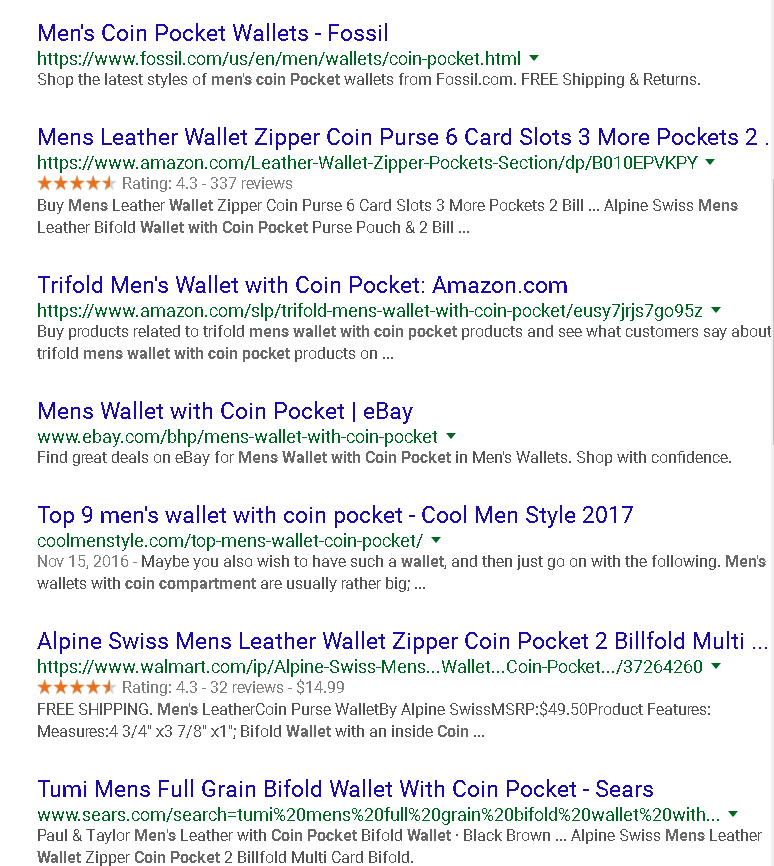
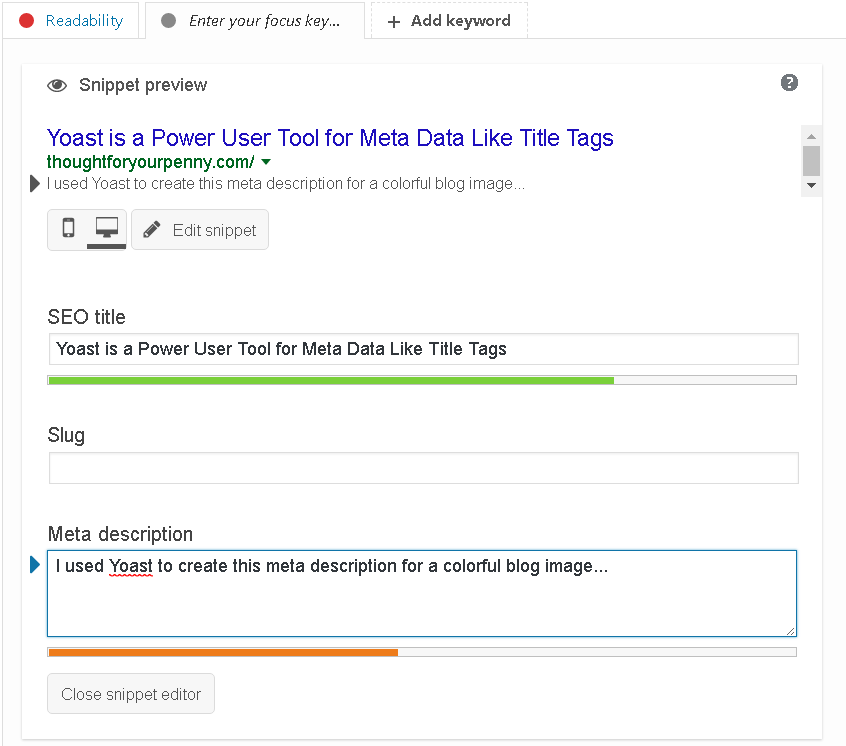
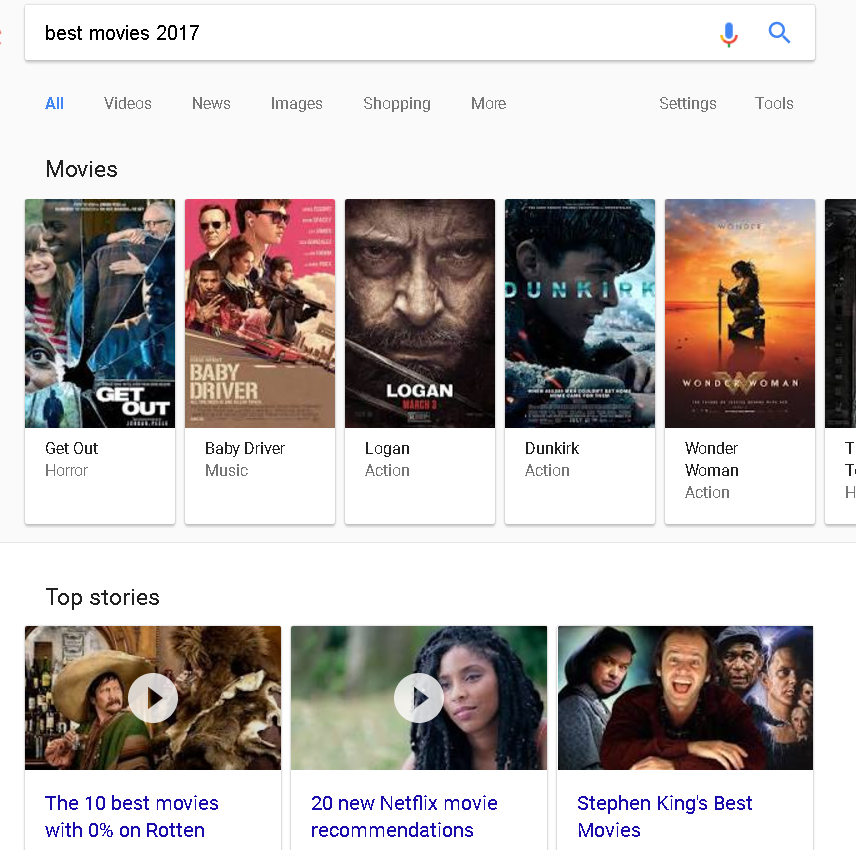
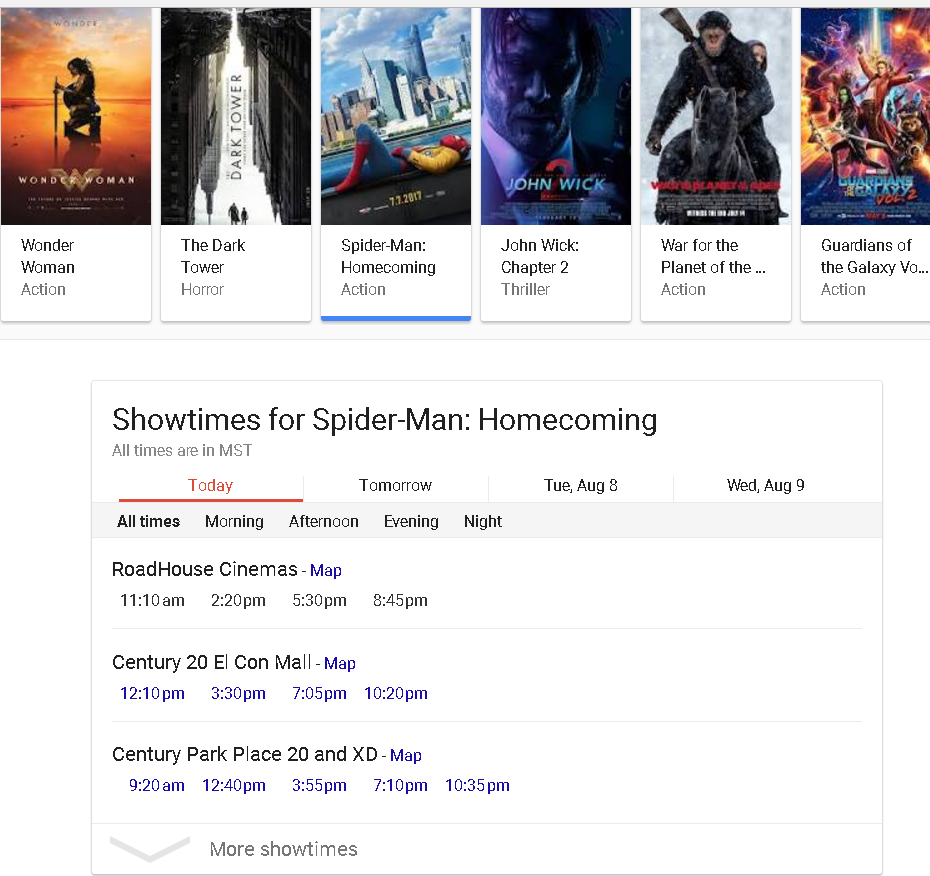
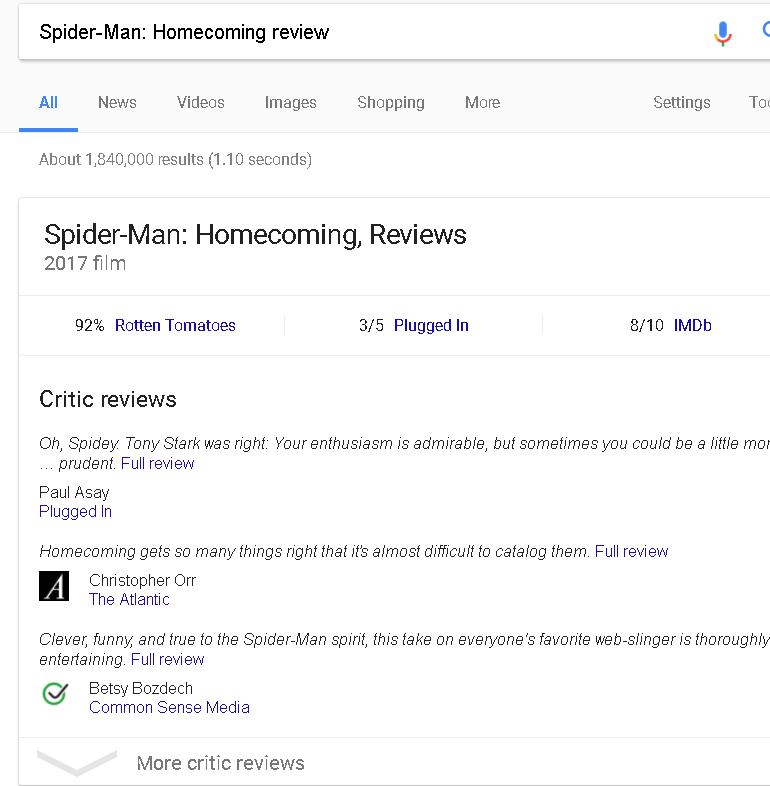
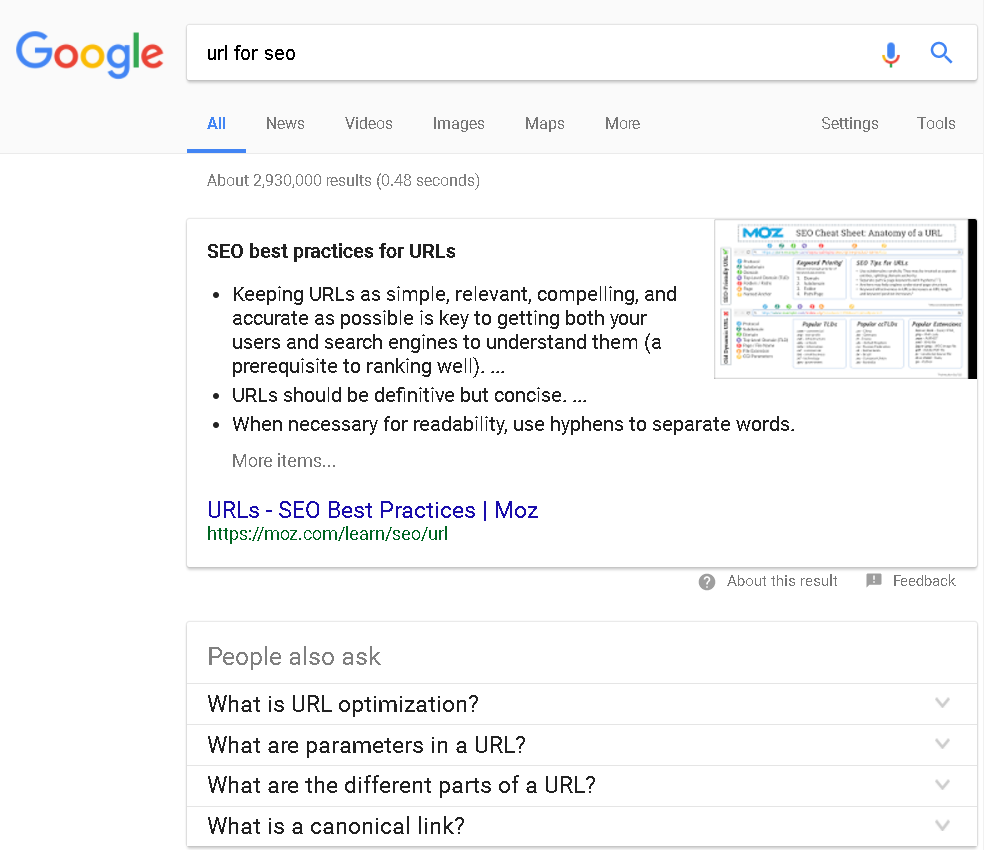
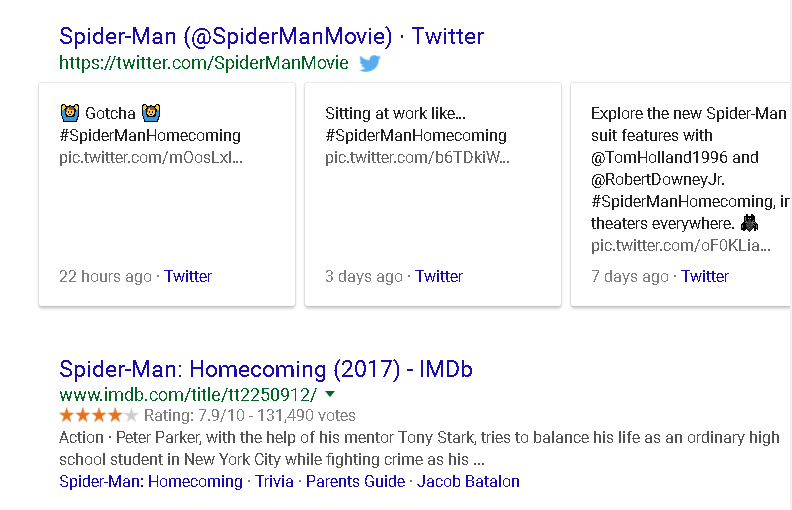
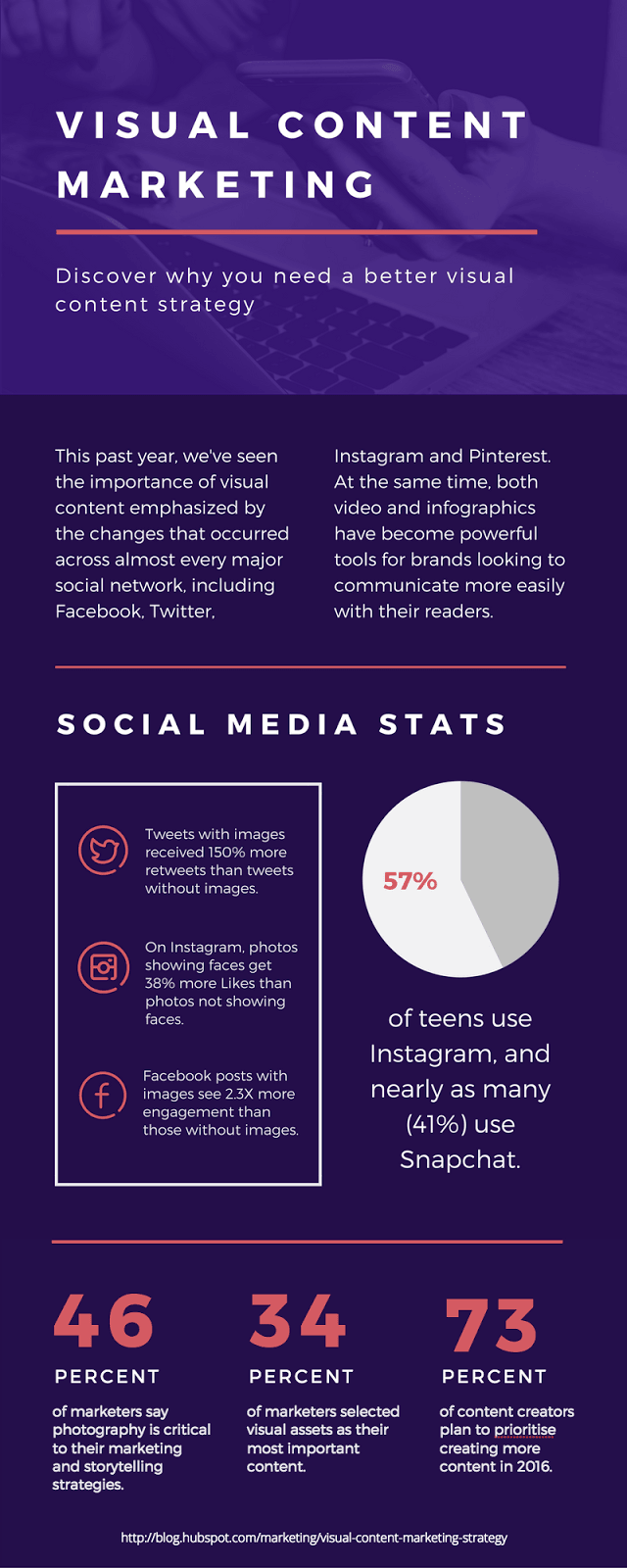
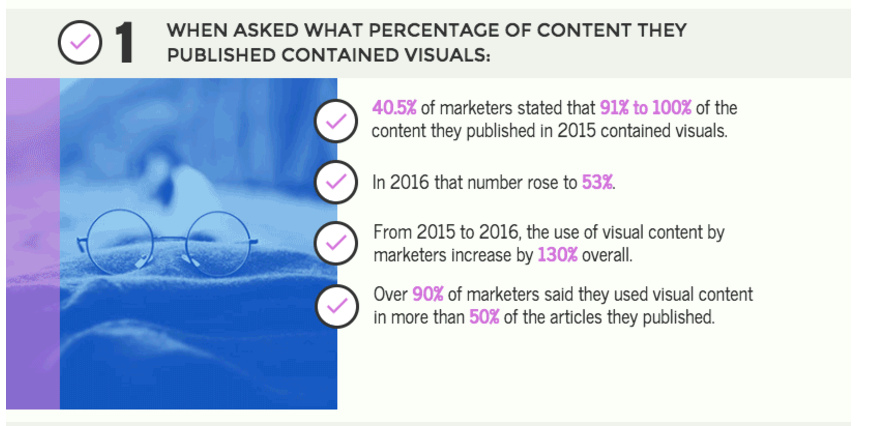


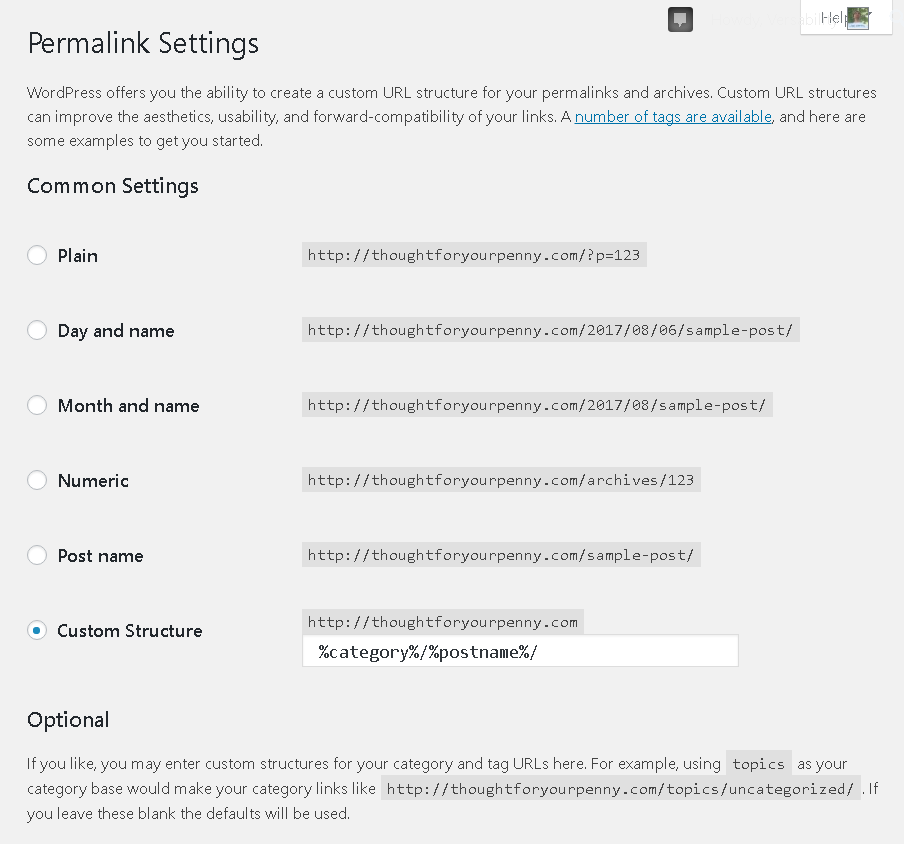

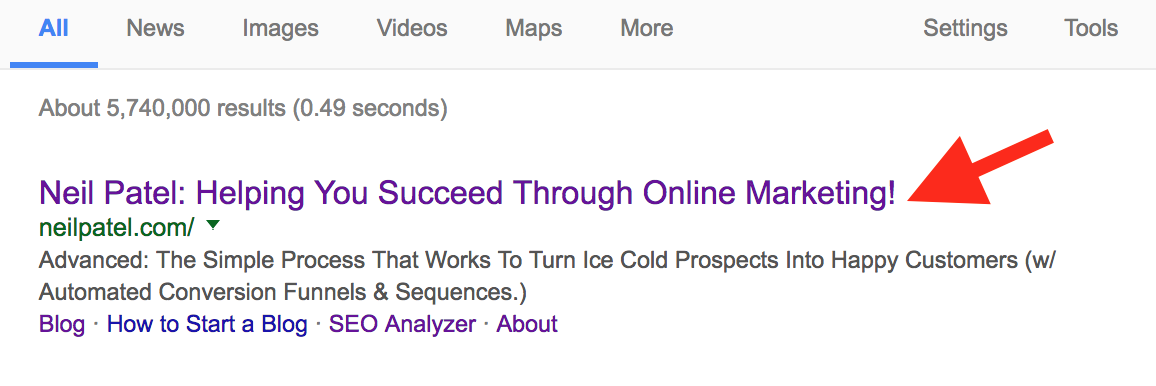
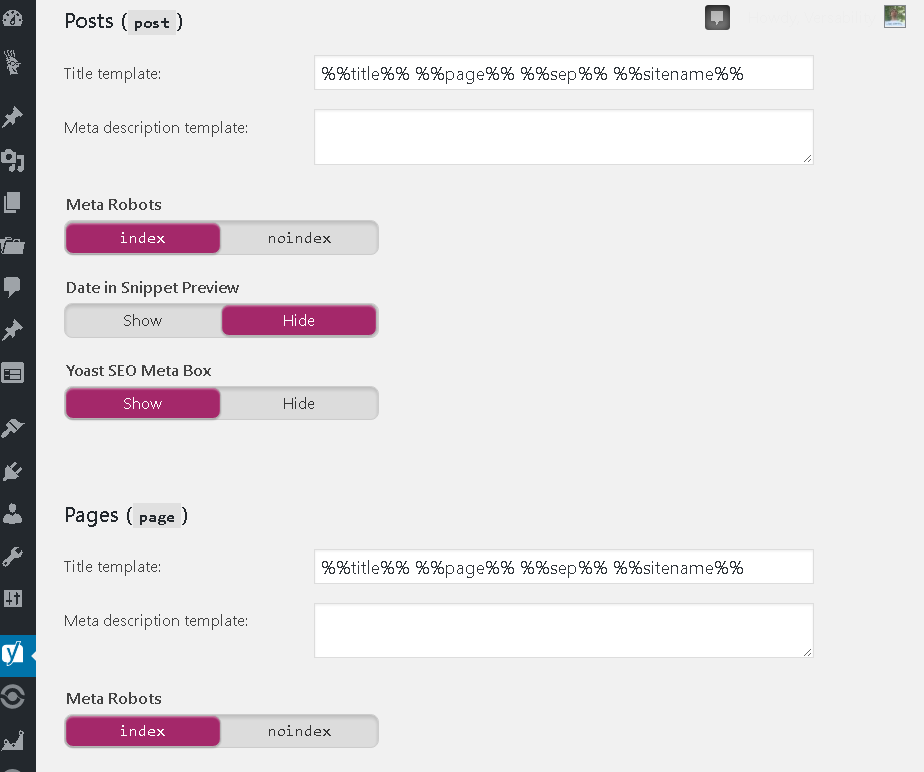
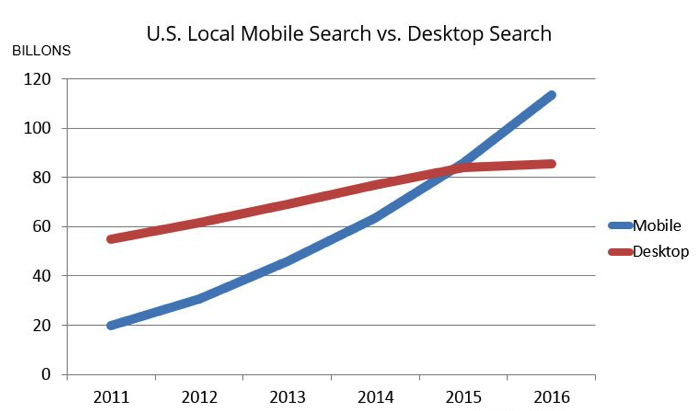


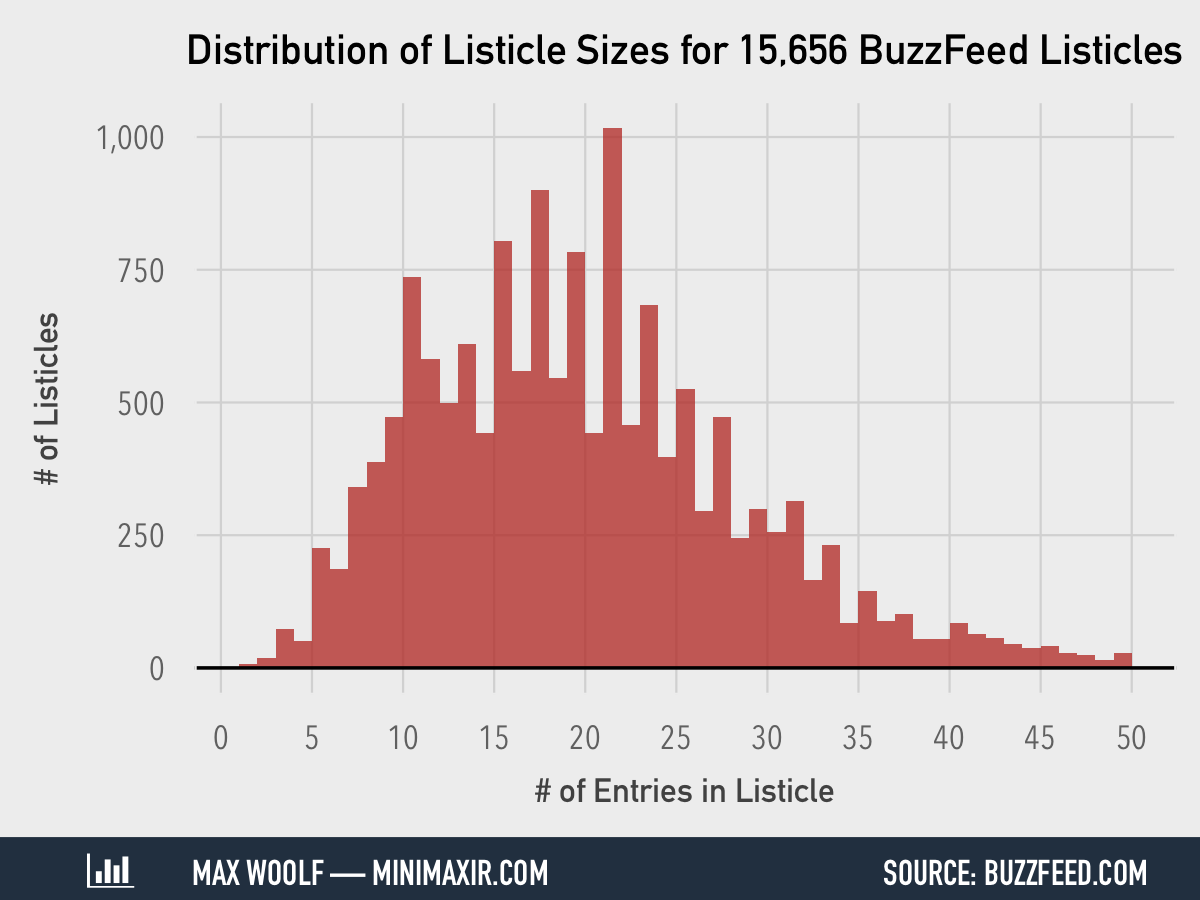
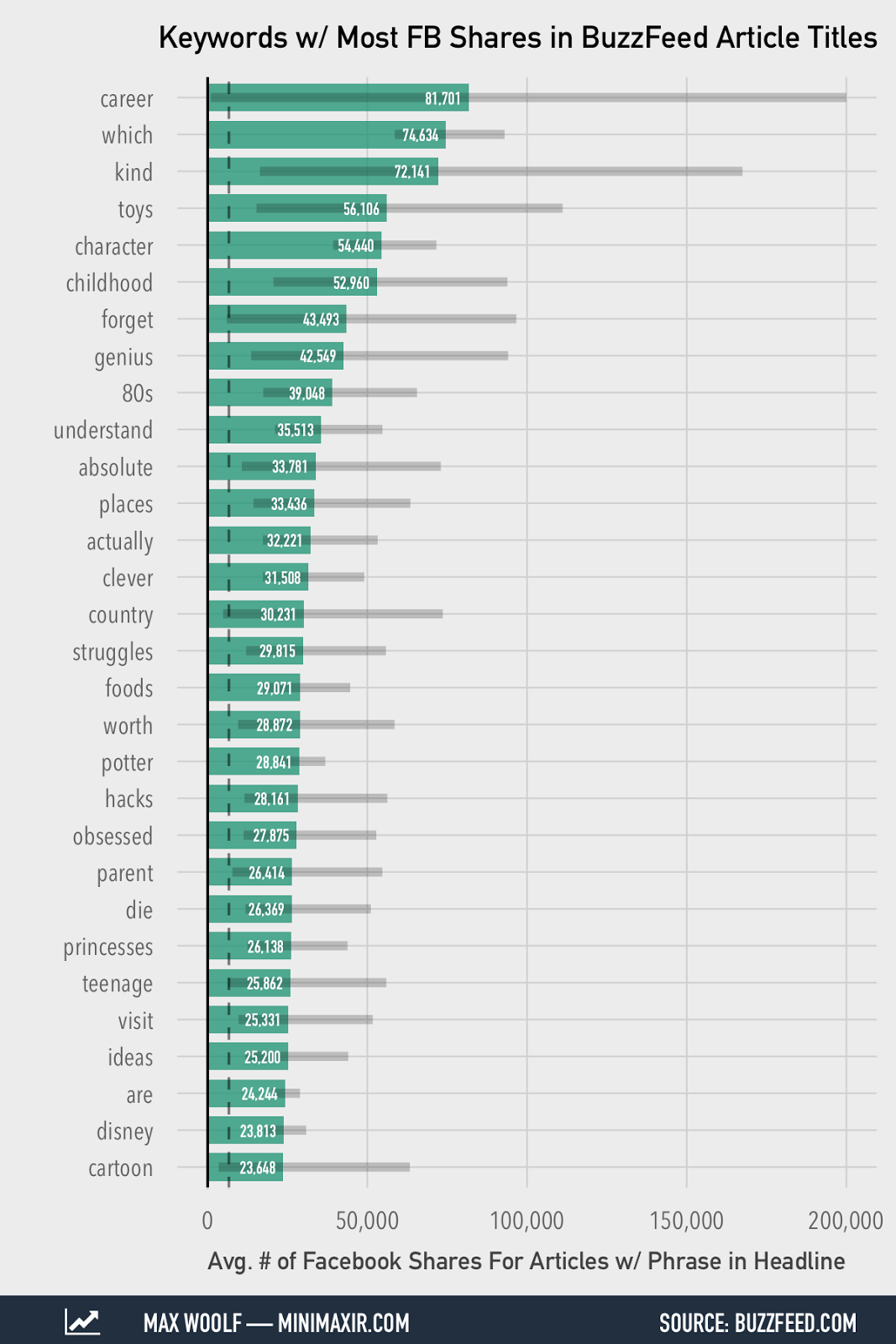
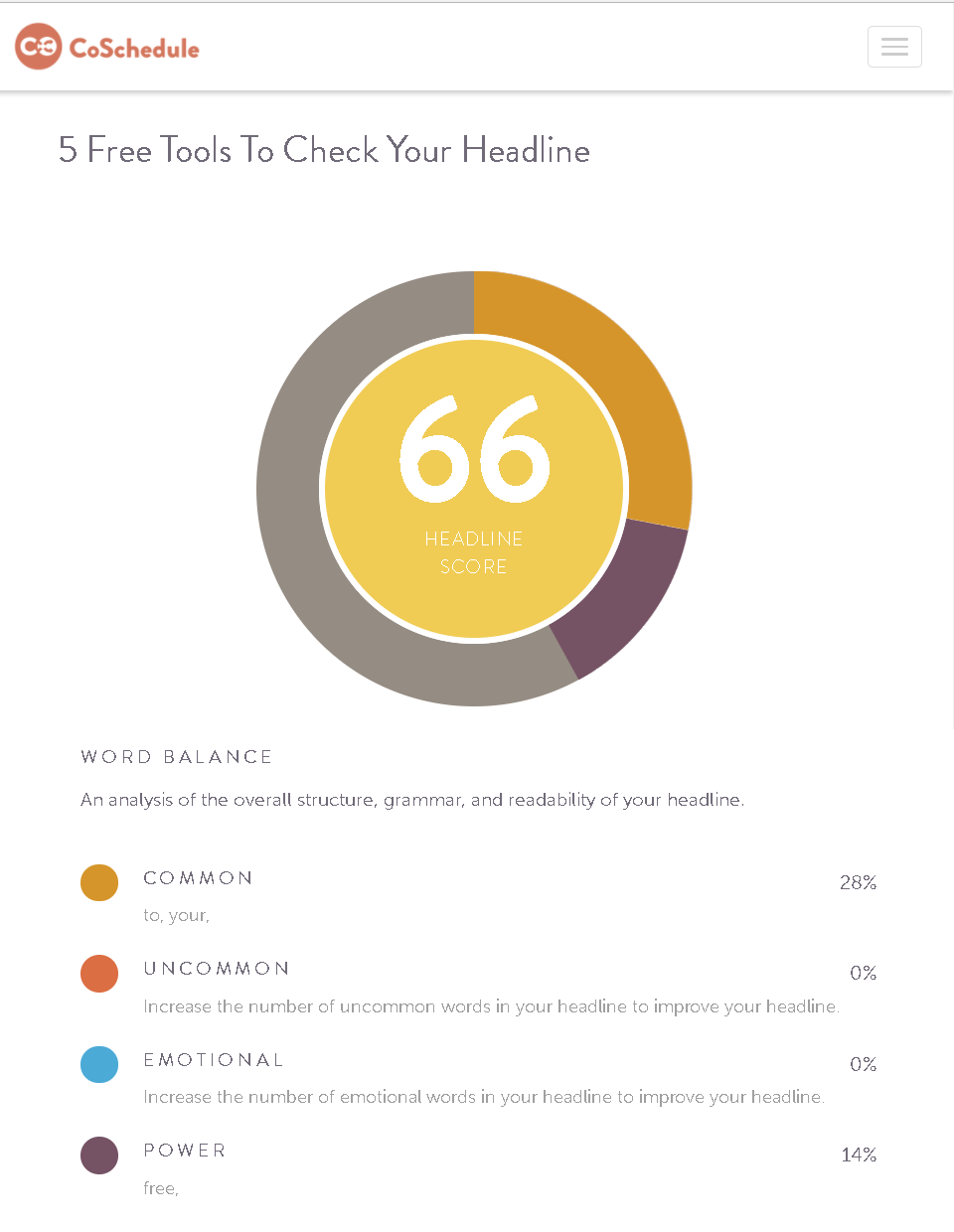


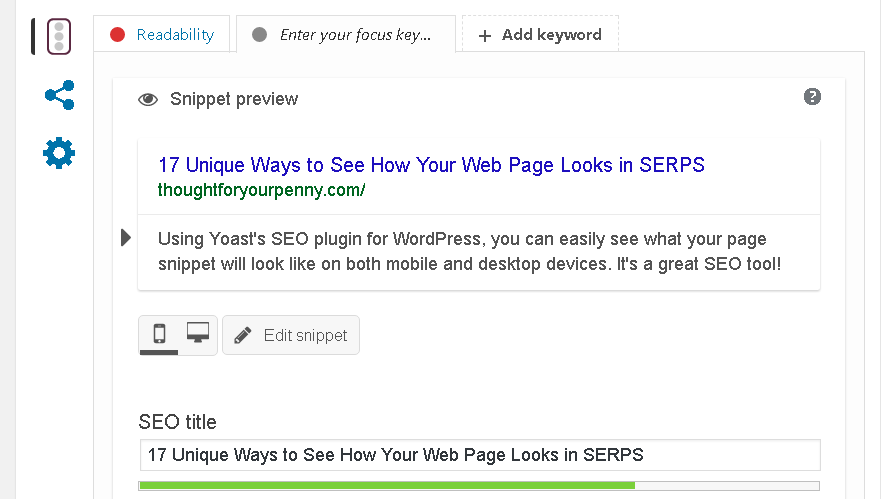
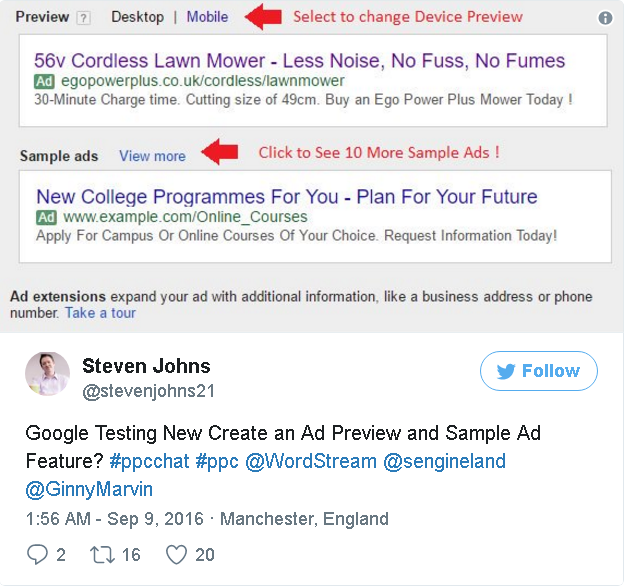
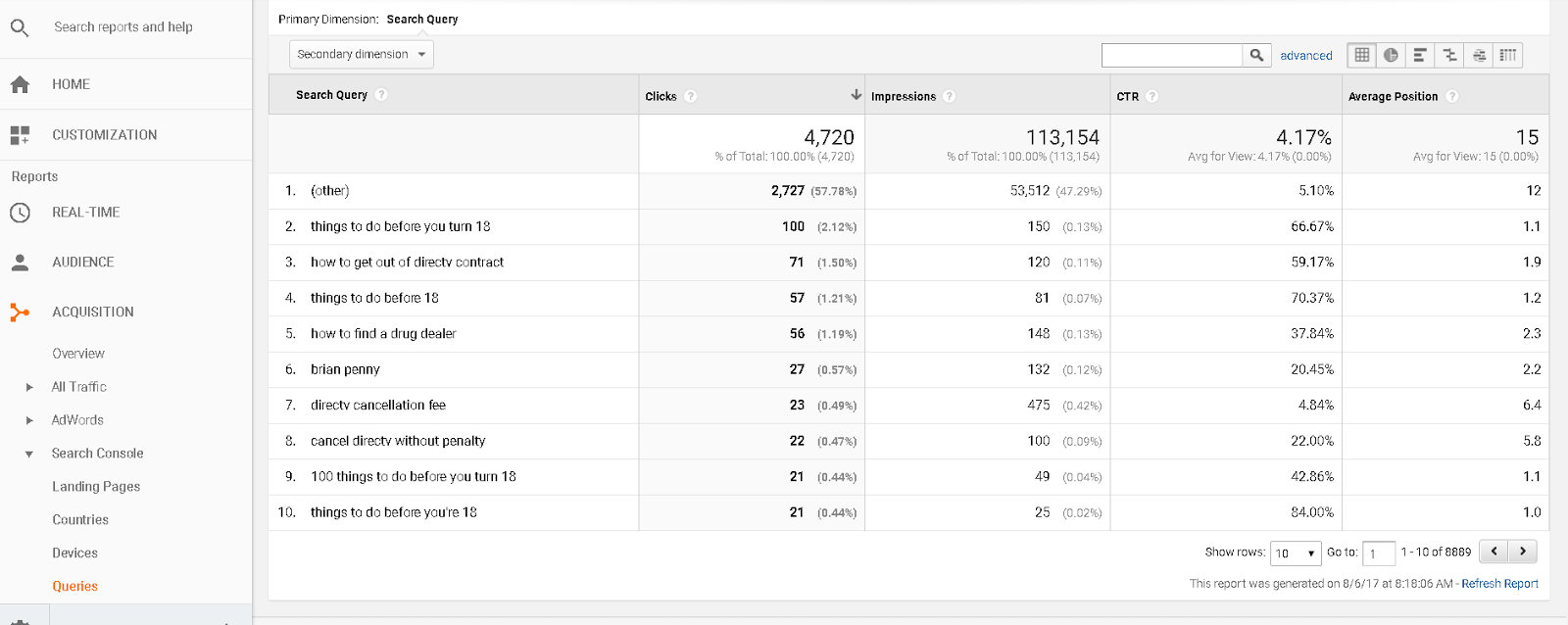
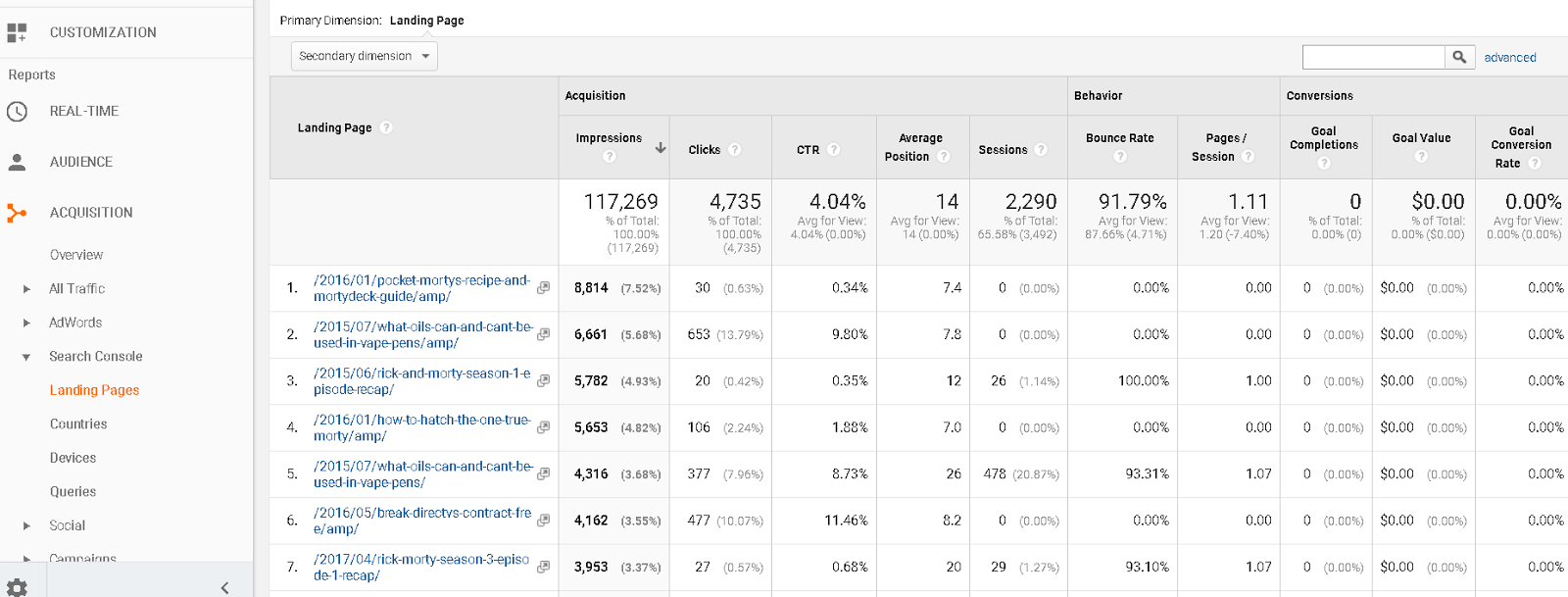
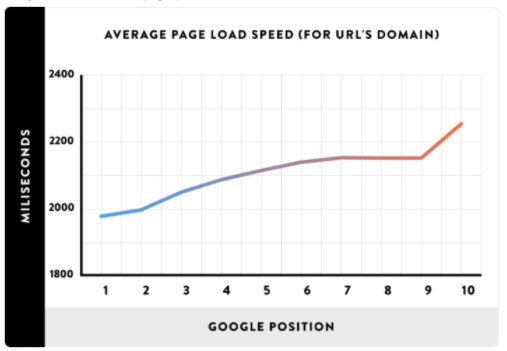
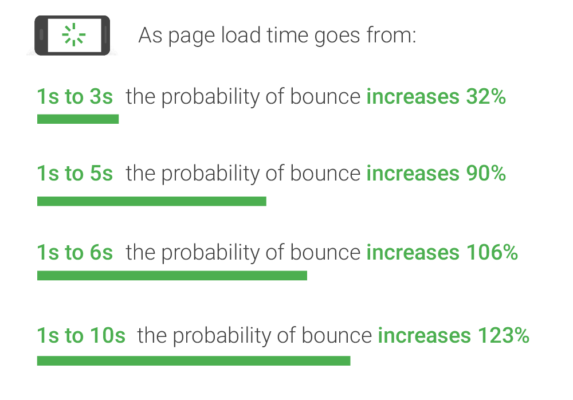



Comments (24)